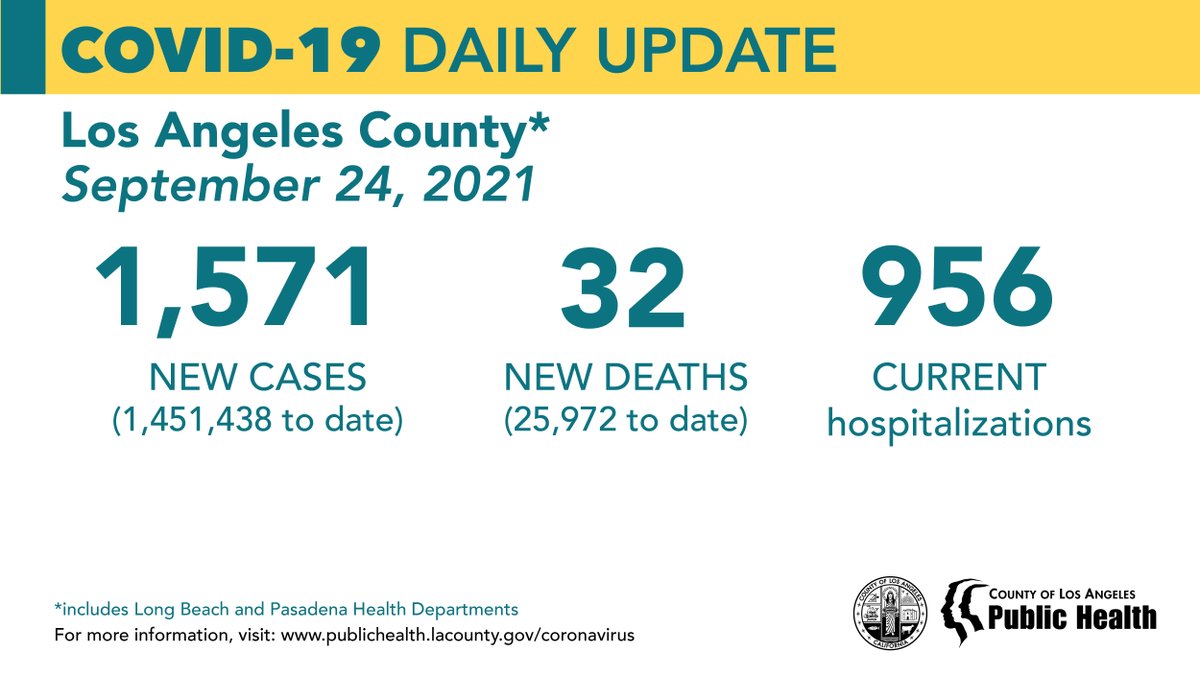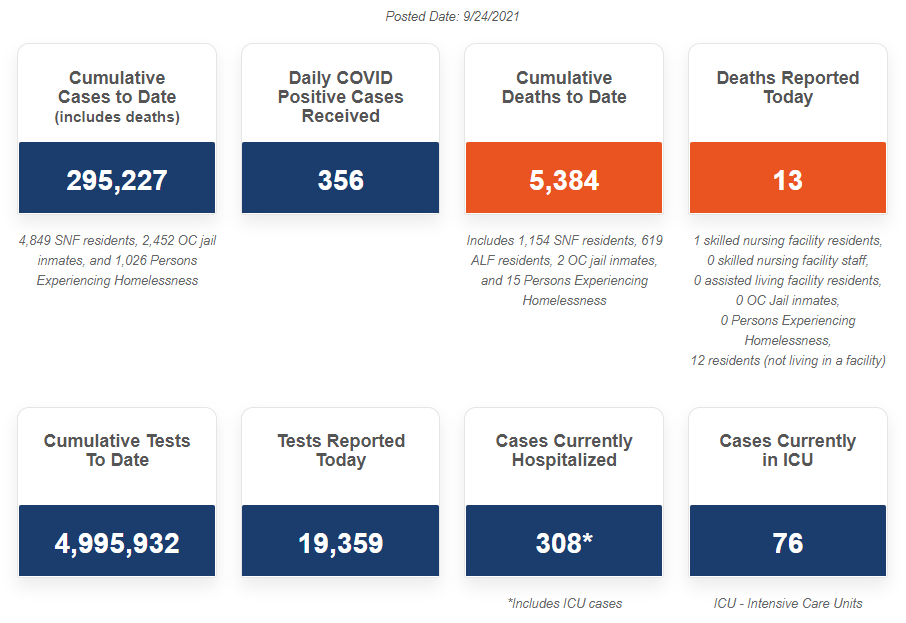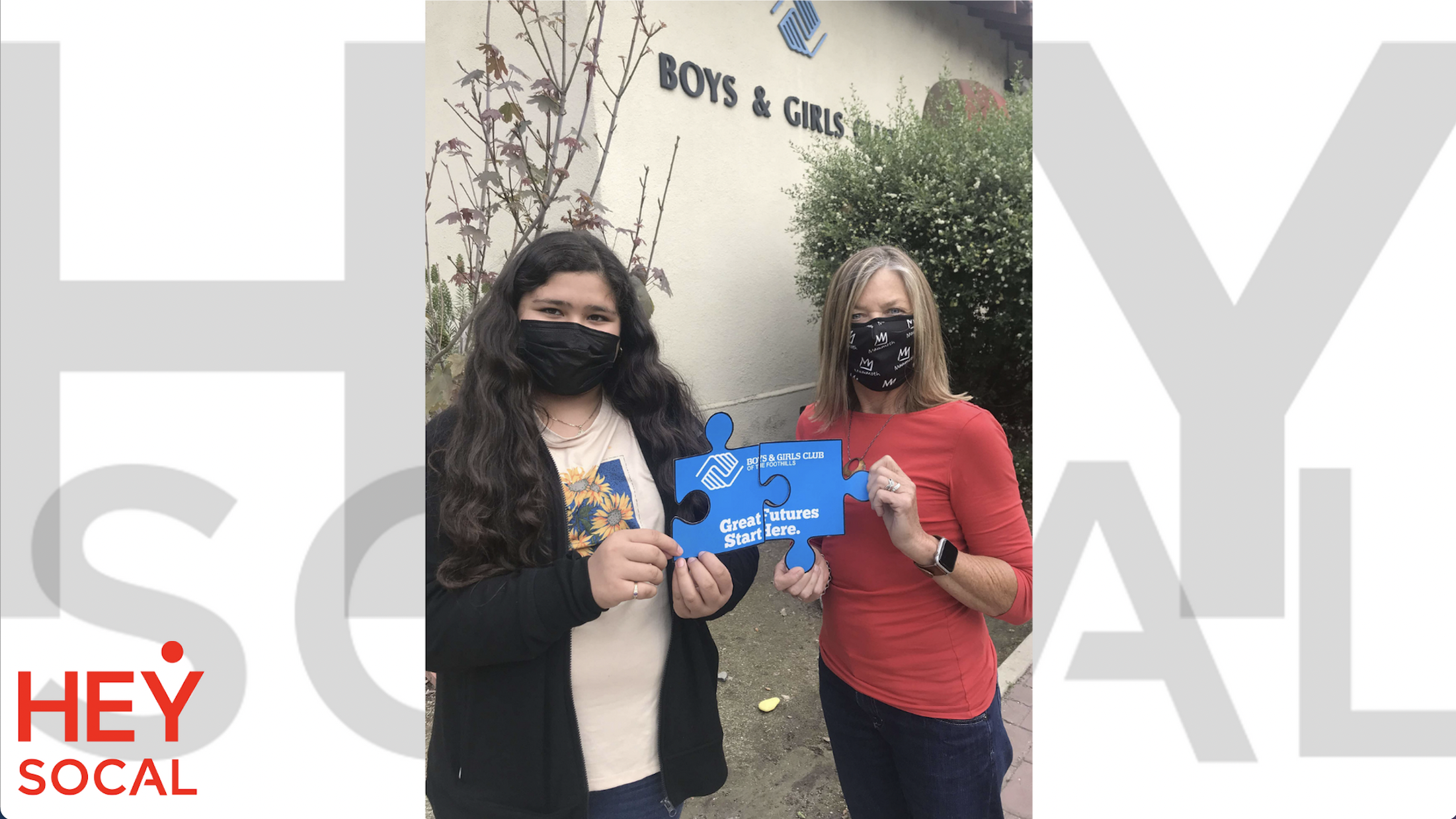The number of coronavirus patients in Los Angeles County hospitals dropped Saturday for the 24th time in the last 26 days, declining from 956 to 947, according to state figures.
The number of those patients in intensive care fell from 310 on Friday to 278.
Hospitalizations due to the virus had reached nearly 1,800 during the summer peak fueled by the Delta variant.
The county’s health department reported another 32 COVID-19 deaths and 1,571 new cases of COVID-19 on Friday, brining its cumulative totals to 1,451,438 cases and 25,972 fatalities since the pandemic began.
The rolling average daily rate of people testing positive for the virus in the county was 1.5% as of Friday, roughly the same as Thursday.
Meanwhile, booster shots of the Pfizer COVID-19 vaccination have officially become available in Los Angeles County for select residents, with federal health officials giving final approval to the additional vaccine dose to bolster virus protection for higher-risk groups.
“Eligible Los Angeles County residents can begin receiving their booster dose at any of the hundreds of sites offering the Pfizer vaccine,” county Public Health Director Barbara Ferrer said Friday. “The booster dose offers enhanced protection for those fully vaccinated with the Pfizer vaccine six months ago who are at increased risk of getting COVID-19 and/or experiencing severe illness from COVID. The L.A. County vaccination network is prepared to offer boosters today while continuing to prioritize getting first doses to those eligible and not yet vaccinated.”
An advisory panel for the U.S. Centers for Disease Control and Prevention on Thursday recommended Pfizer booster shots for people 65 and older, those in long-term care facilities and people 50-64 with underlying health conditions, as well as select people aged 18-49 with serious health issues.
CDC Director Dr. Rochelle Walensky on Friday endorsed the recommendation, and expanded it to include people at increased risk of infection due to their occupation.
Booster shots are only available for people who received their second dose of the Pfizer vaccine at least six months ago. Boosters have not yet been approved for people who received the Moderna or Johnson & Johnson vaccines.
Appointments for booster shots can be made through the state’s MyTurn website. Appointments can also be made directly at pharmacies or clinics that offer Pfizer vaccines.
Ferrer said Thursday that slightly more than 1 million people in the county had received two doses of the Pfizer vaccine prior to April 1, with about 420,000 of them being aged 65 and older.
“Many others were health care workers and people with severe risk of severe illness from COVID,” she said.
She noted again that the county has 1,300 fixed vaccination sites, along with 400 mobile clinics, meaning there’s a local capacity to administer 130,000 shots per day, so the county is well-positioned to handle demand for booster shots.
The county has already doled out more than 80,000 third doses of Pfizer and Moderna vaccine under earlier federal guidance that allowed such shots for people who are considered moderately to severely immunocompromised by serious health conditions such as cancer or other maladies that place them at high risk of illness or death from COVID.
While touting the county’s preparedness for administering booster shots, Ferrer on Thursday continued to lament the dramatically slowed pace of first-dose vaccinations. She noted the county has made significant progress since the spring, but added, “There are areas where our rates are still well below where they need to be, particularly in the northern part of the county.”
As of this week, 77% of eligible county residents aged 12 and over have received at least one dose, and 68% are fully vaccinated. Of the county’s overall 10.3 million population, including those still ineligible for shots, 66% have received at least one dose, and 59% are fully vaccinated.
The county’s rate of new infections has continued falling, with the highest rate now among unvaccinated youth between 12 and 17 years old. Ferrer noted that vaccinated residents in the same age group have the county’s lowest rate of new infections. Cases among the unvaccinated youth peaked in mid-August, around the time schools reopened their campuses, many with mandatory testing programs that increased infection numbers.
Ferrer credited continuing health measures, such as mask-wearing requirements and mandatory vaccination or testing requirements for large events, with keeping new case numbers low in the county. She presented numbers showing the county’s infection and death rates at just a fraction of those in Texas and Florida, states that have shunned such infection-control measures.
“In places where sensible steps have not been taken to reduce the spread of the virus, the Delta strain continues to ruin futures and take lives at a rapid pace,” Ferrer said.







